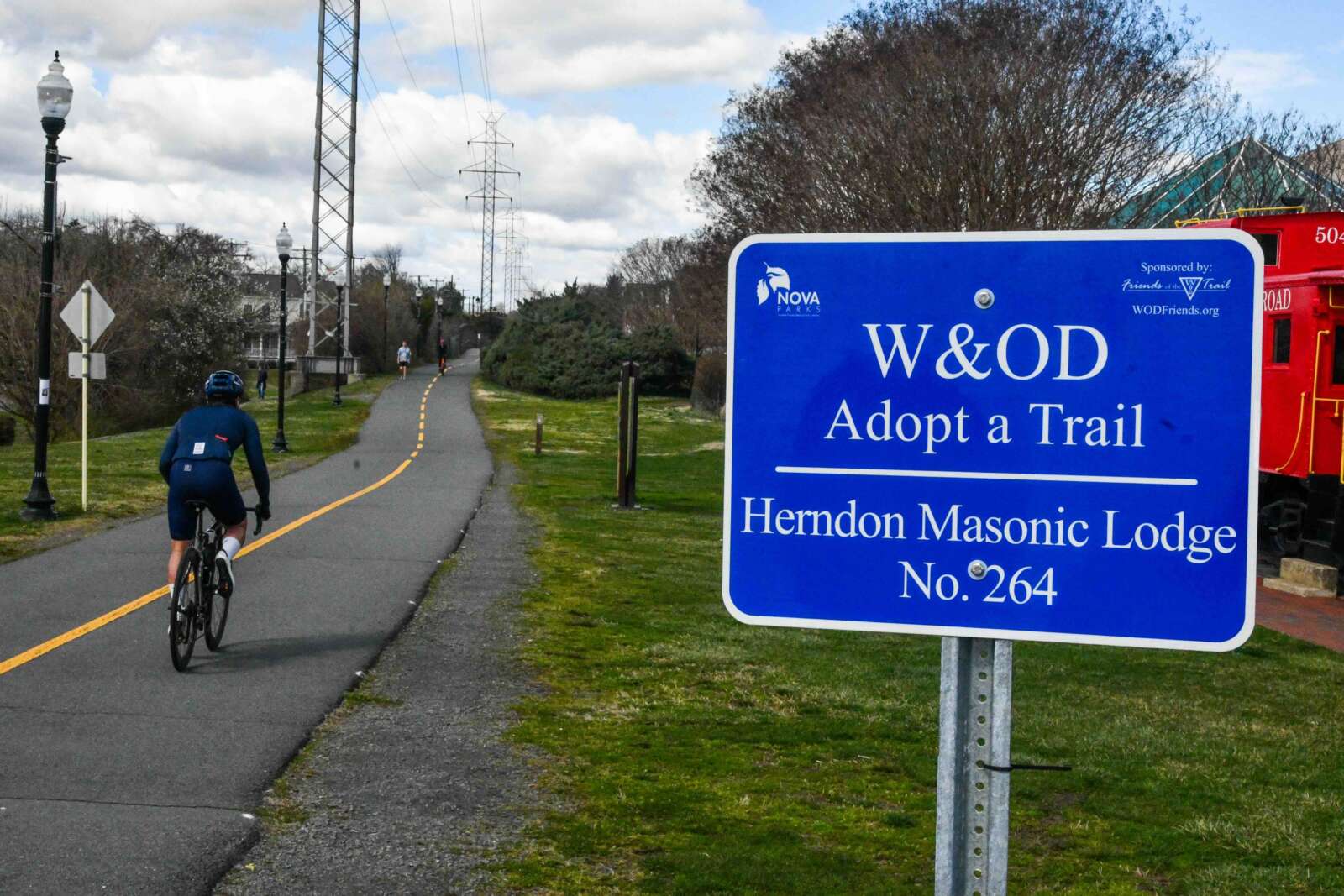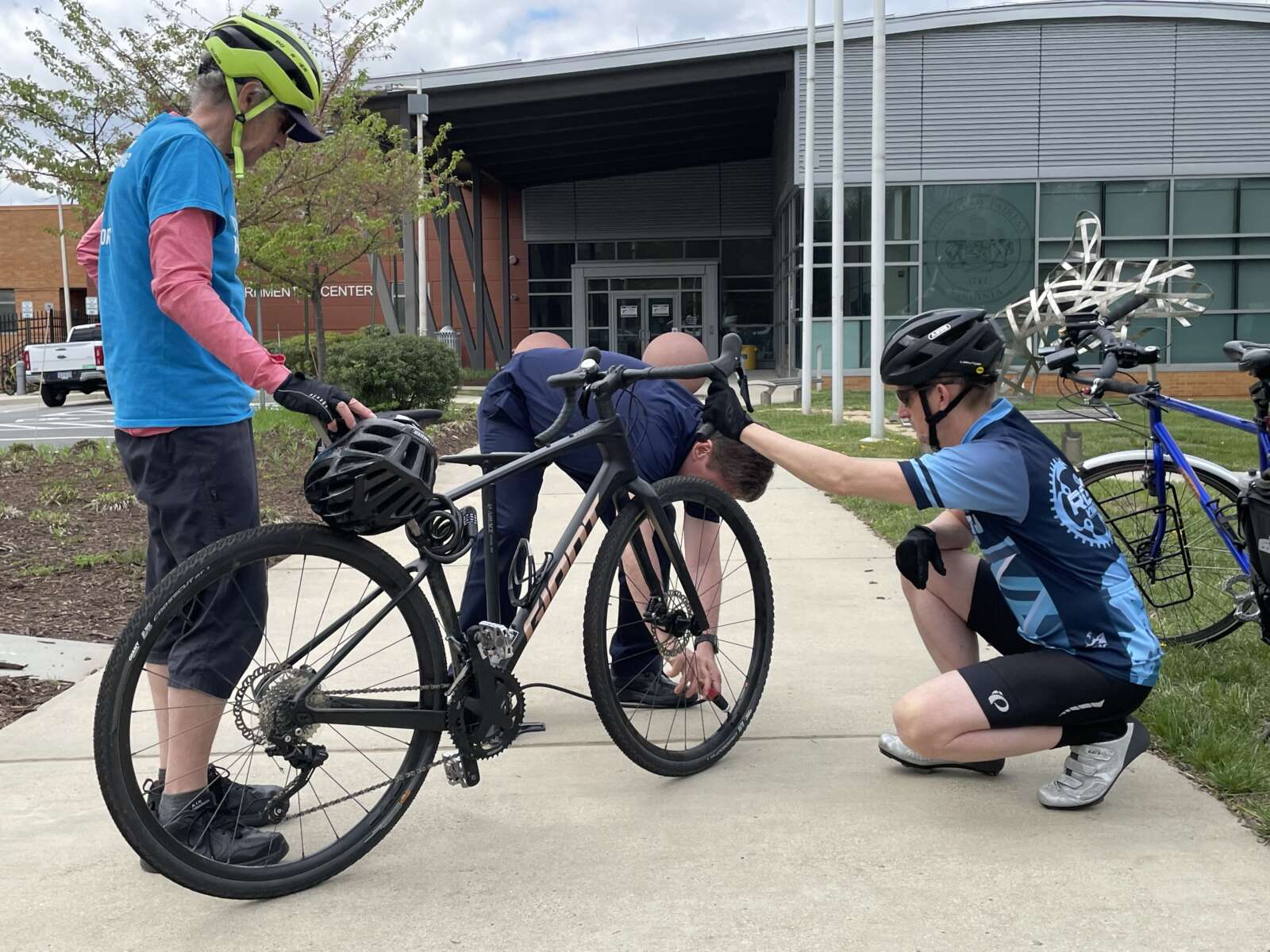Normally, Reston Then and Now covers places that only exist as forests and fields in the earliest aerial photography in Fairfax County’s Historic Imagery Viewer. But this week, the intersection of Hunter Mill and Hunter Station roads has a history that predates that aerial photography.
During the Civil War, the intersection was a major crossroads for Union and Confederate troops moving through the area. According to a historical marker at the site, Confederate Brig. Gen. Wade Hampton’s cavalry brigade passed through the site in 1862 en route to Antietam in Maryland. Several Union and Confederate generals are recorded to have passed the site throughout the war.
The intersection was a critical junction of the railroad, a north-south road, water resources from Difficult Run and farmlands to provide food for troops. Several skirmishes took place in the nearby area, including the killing of Rev. John Read from Falls Church. Read was an abolitionist and supplied information on Confederate activities to the Union. He was kidnapped in a raid and executed in the forest just southeast of the crossroads by Confederate guerillas lead by Col. John S. Mosby.
The area around Hunter Mill road was its own town at one time, called Hunter’s Village, which sprung up around the route of the Washington and Old Dominion rail line. The locality contained a post office, a general store, a train station and a military hospital. The station itself was a bare-bones facility — a flag stop where passengers could step out to flag down a train.
The farmhouse at the site may have been built in 1935, and by 1937 it shows up in the first aerial photography of Fairfax.
Until recently, a little house at the intersection of Hunter Mill and Hunter Station roads stood mostly isolated — all that was left of the old Hunter’s Village — with some other properties dotting the surrounding area. Passenger service on the line ended in 1951. Freight service ended in 1968 and the railroad was abandoned.
By then, new subdivisions and a new power station started to encroach onto the site. The farmhouse was squeezed between growth spreading out from Reston to the west and Tysons to the East.
The farmhouse on the site was demolished late last year to make way for a new residential development. The site remains a popular stop on the bike and pedestrian Washington and Old Dominion Trail.
For more Reston Then and Now stories, check out our recent coverage of:
Photo via Google Maps





